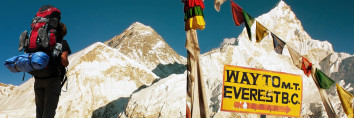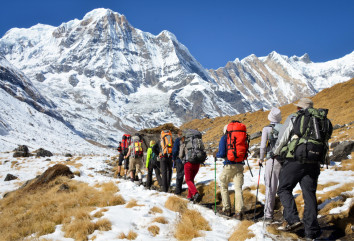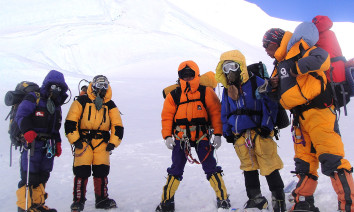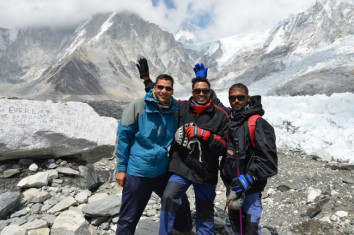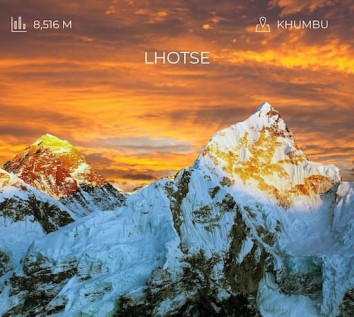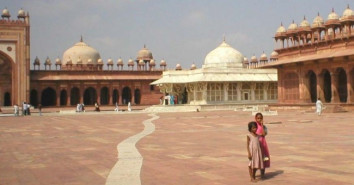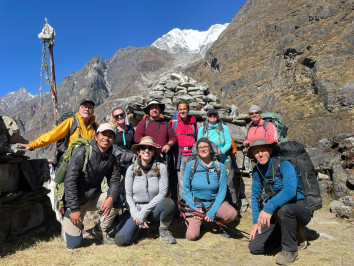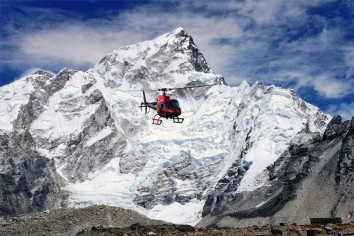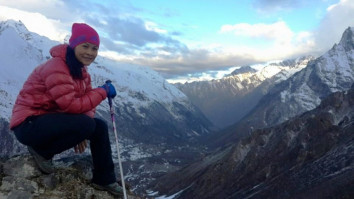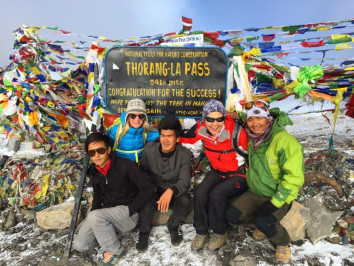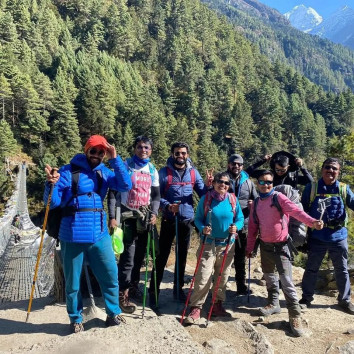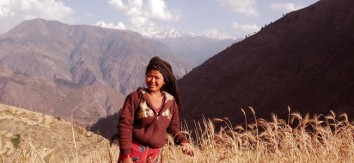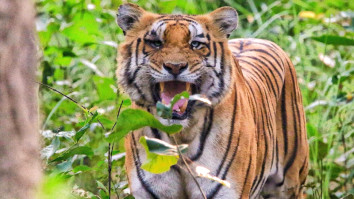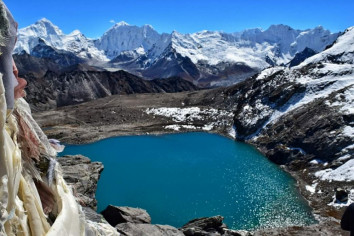13th Dec, 2023
Edmund Hillary details, fact, and information
Who was Edmund Hillary short of?
Sir Edmund Hillary (1919–2008) was a New Zealand mountaineer, explorer, and philanthropist, best known for being one of the first two individuals to successfully reach the summit of Mount Everest. Born on July 20, 1919, in Auckland, New Zealand, Hillary's early interest in climbing developed during his school years.
Table of Contents
In 1953, Hillary, along with Tenzing Norgay, a Sherpa of Nepal, achieved the historic ascent of Mount Everest as part of the British expedition led by Colonel John Hunt. This achievement on May 29, 1953, marked the first confirmed summit of the world's highest peak and brought international acclaim to Hillary and Tenzing.
Beyond Everest, Hillary's life was characterized by exploration and philanthropy. In 1960, he founded the Himalayan Trust, dedicated to supporting education, healthcare, and infrastructure in the Solu-Khumbu region of Nepal. His contributions significantly improved the lives of the Sherpa people.
Hillary's adventurous spirit extended beyond mountaineering. He engaged in various expeditions, including journeys to the South Pole and the Ganges River. Hillary also had a passion for aviation, learning to fly and participating in flying adventures.
His autobiography, "High Adventure," provides insights into his life, adventures, and the historic Everest expedition. Hillary's legacy lives on not only as a pioneering mountaineer but also as a philanthropist who made enduring contributions to the well-being of the people of Nepal.
Sir Edmund Hillary passed away on January 11, 2008, leaving behind a legacy that continues to inspire generations of adventurers and humanitarians worldwide.
Sir Edmund Hillary, born on July 20, 1919, in Auckland, New Zealand, was a renowned mountaineer, explorer, and philanthropist. His life was marked by extraordinary achievements, with his most notable feat being the first successful ascent of Mount Everest in 1953. Here are some detailed aspects of Sir Edmund Hillary's life:
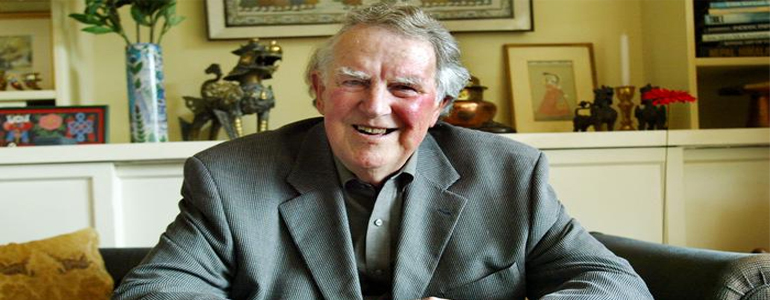 Edmund Hillary Facts | 53 Things You Might Not Know About The First Everest Summiteer
Edmund Hillary Facts | 53 Things You Might Not Know About The First Everest Summiteer
Early Life:
Edmund Hillary was born on July 20, 1919, in Auckland, New Zealand.
Beekeeping Background: Hillary grew up in a family of beekeepers, fostering an early connection with nature.
World War II Service:
He served as a navigator in the Royal New Zealand Air Force during World War II.
1951 Everest Expedition:
Before the successful climb, Hillary participated in a reconnaissance expedition to Everest in 1951.
Tenzing Norgay Partnership:
Hillary reached the summit of Mount Everest on May 29, 1953, with Tenzing Norgay, marking the first confirmed ascent.
Postage Stamp Recognition: In 1953, New Zealand honored Hillary and Norgay with a postage stamp featuring their images.
Scientific Contributions: Hillary collected rock samples from Everest's summit, contributing to geological research.
Himalayan Trust: In 1960, he founded the Himalayan Trust to support education and healthcare in Nepal.
Airplane Adventures: Hillary learned to fly and piloted a jet to the North Pole in 1977.
Book Author: Hillary wrote several books, including his autobiography, "High Adventure."
Philanthropy Beyond Everest: His impact extended beyond mountaineering through philanthropic efforts in Nepal.
Family: Hillary had three children: Peter, Sarah, and Belinda.
Friendship with Tenzing: He maintained a lifelong friendship with Tenzing Norgay.
1955–1958 Antarctic Expedition: Hillary participated in the Commonwealth Trans-Antarctic Expedition, reaching the South Pole.
New Zealand Icon: Sir Edmund Hillary's image appears on the New Zealand five-dollar banknote.
Diplomat Role: He served as New Zealand's High Commissioner to India and Bangladesh from 1985 to 1988.
Hobbies: Hillary enjoyed aviation, climbing, and exploring.
Queen's Recognition: He was knighted by Queen Elizabeth II shortly after the Everest expedition.
Tallest Mountain on Every Continent: In 1990, Hillary's son, Peter, accompanied by his father, became the youngest climber to complete the "Seven Summits."
South Pole Expedition: Hillary, with Neil Armstrong, became the first to fly a small plane over Mount Everest in 1985.
1958 Ganges River Expedition: He participated in an expedition to explore the Ganges River's sources.
Down-to-Earth Personality: Despite his achievements, Hillary remained humble and down-to-earth.
North Pole Expedition: Hillary participated in an expedition to the North Pole.
Passport Occupation: Hillary listed his occupation as "beekeeper" on his passport.
Recognition in Nepal: He is revered in Nepal for his contributions to the Sherpa community.
1954 Makalu Expedition: Hillary participated in an expedition to Makalu, the fifth-highest mountain.
Order of the Garter: He received the Order of the Garter, a prestigious British honor.
Alpine Climbing in New Zealand: Hillary gained early mountaineering experience in the Southern Alps of New Zealand.
Post-Everest Struggles: He faced challenges adjusting to post-Everest fame.
Personal Struggles: Hillary battled personal struggles and underwent therapy after Everest.
Monuments in Nepal: Monuments in Nepal, including schools and hospitals, bear Hillary's name.
Mount Everest Footprints: Hillary's bootprints on Everest are distinctive and recognizable.
Role in Everest's Name: The mountain was named "Everest" in 1865 in honor of Sir George Everest, a British surveyor. Hillary preferred local names.
National Hero: Sir Edmund Hillary is considered a national hero in New Zealand.
Himalayan Trust Impact: The Himalayan Trust continues its work, impacting thousands of lives.
Tribute in Antarctica: A mountain range in Antarctica is named the "Hillary Mountains" in his honor.
Airport Name: The airport in Lukla, Nepal, is named Tenzing-Hillary Airport.
Legacy Beyond Everest: Hillary's legacy extends beyond Everest, encompassing exploration, diplomacy, and philanthropy.
1952 Cho Oyu Expedition: Hillary participated in an expedition to Cho Oyu, the sixth-highest mountain.
Personal Challenges: Hillary faced personal challenges adjusting to post-Everest fame.
Ambassador for Sherpa People: Hillary became a respected ambassador for the Sherpa people of Nepal.
1961 Antarctic Flight: He flew over the South Pole in 1961.
Mountaineering Skills: Hillary's mountaineering skills were largely self-taught through practical experience.
1985 North Pole Flight: Hillary and Neil Armstrong flew a small plane over the North Pole in 1985.
High School Years: His passion for climbing developed during his high school years.
Sherpa Community Bonds: Hillary formed strong bonds with the Sherpa community during his Everest expeditions.
1953 Knighthood: Hillary was knighted shortly after the Everest ascent.
1960 Antarctic Flight: He flew to Antarctica in 1960.
Everest Boot Donation: Hillary donated his Everest boots to a museum in New Zealand.
1992 Russian Everest Expedition: Hillary participated in a joint Russian-New Zealand Everest expedition in 1992.
Humility: Despite fame, Hillary remained humble and approachable.
Mount Everest Appearance: Hillary appeared on Everest's summit three times in total.
Legacy of Inspiration: Sir Edmund Hillary's life continues to inspire generations of adventurers and philanthropists worldwide.
Early Life:
Family Background:
Hillary came from a middle-class family. His father, Percival Augustus Hillary, was a beekeeper, and his mother, Gertrude Hillary, was a housewife. He had two brothers, Rex and Maurice.
Education:
Hillary attended Tuakau Primary School and later Auckland Grammar School. His passion for outdoor activities, especially climbing, developed during his school years.
Mountaineering Career:
1940s and World War II:
Hillary's early mountaineering experiences were in the Southern Alps of New Zealand. During World War II, he served as a navigator in the Royal New Zealand Air Force.
Alpine Climbing:
Hillary gained experience in alpine climbing in New Zealand and the Himalayas. He participated in several expeditions, including attempts on Aoraki/Mount Cook, the highest peak in New Zealand.
Everest Expedition (1953):
Hillary joined the British expedition to Mount Everest in 1953, led by Colonel John Hunt. On May 29, 1953, Hillary and Tenzing Norgay successfully reached the summit, marking the first confirmed ascent of the world's highest peak.
Post-Everest Expeditions:
Following Everest, Hillary continued his mountaineering career. He participated in various expeditions, including the 1955–1958 Commonwealth Trans-Antarctic Expedition, where he reached the South Pole.
Philanthropy and Humanitarian Work:
Connection with Nepal:
Hillary developed a strong bond with the people of Nepal after his Everest expedition. He felt a deep sense of responsibility for the welfare of the Sherpa community.
Himalayan Trust:
In 1960, Hillary founded the Himalayan Trust, dedicated to improving education, healthcare, and infrastructure in the Solu-Khumbu region of Nepal. The trust has played a pivotal role in building schools, hospitals, and other facilities.
Later Life:
Airplane Piloting:
Hillary learned to fly and became a skilled pilot. In 1977, he piloted a jet plane to the North Pole.
Public Life:
Hillary served as New Zealand's High Commissioner to India and Bangladesh from 1985 to 1988. He also became the New Zealand Commissioner to the International Whaling Commission.
Personal Life:
Marriages:
Hillary was married twice. His first wife, Louise Mary Rose, tragically died in a plane crash in 1975. In 1989, Hillary married June Mulgrew.
Family:
Hillary had three children – Peter, Sarah, and Belinda – from his first marriage.
Legacy and Honors:
Recognition:
Sir Edmund Hillary received numerous awards and honors, including being knighted by Queen Elizabeth II shortly after the Everest expedition.
Legacy in Nepal:
Hillary's legacy lives on in Nepal, where he is remembered not only for his mountaineering achievements but also for his enduring contributions to the well-being of the Sherpa people.
Death:
Sir Edmund Hillary passed away on January 11, 2008, at the age of 88, leaving behind a legacy of adventure, exploration, and humanitarianism that continues to inspire people around the world.
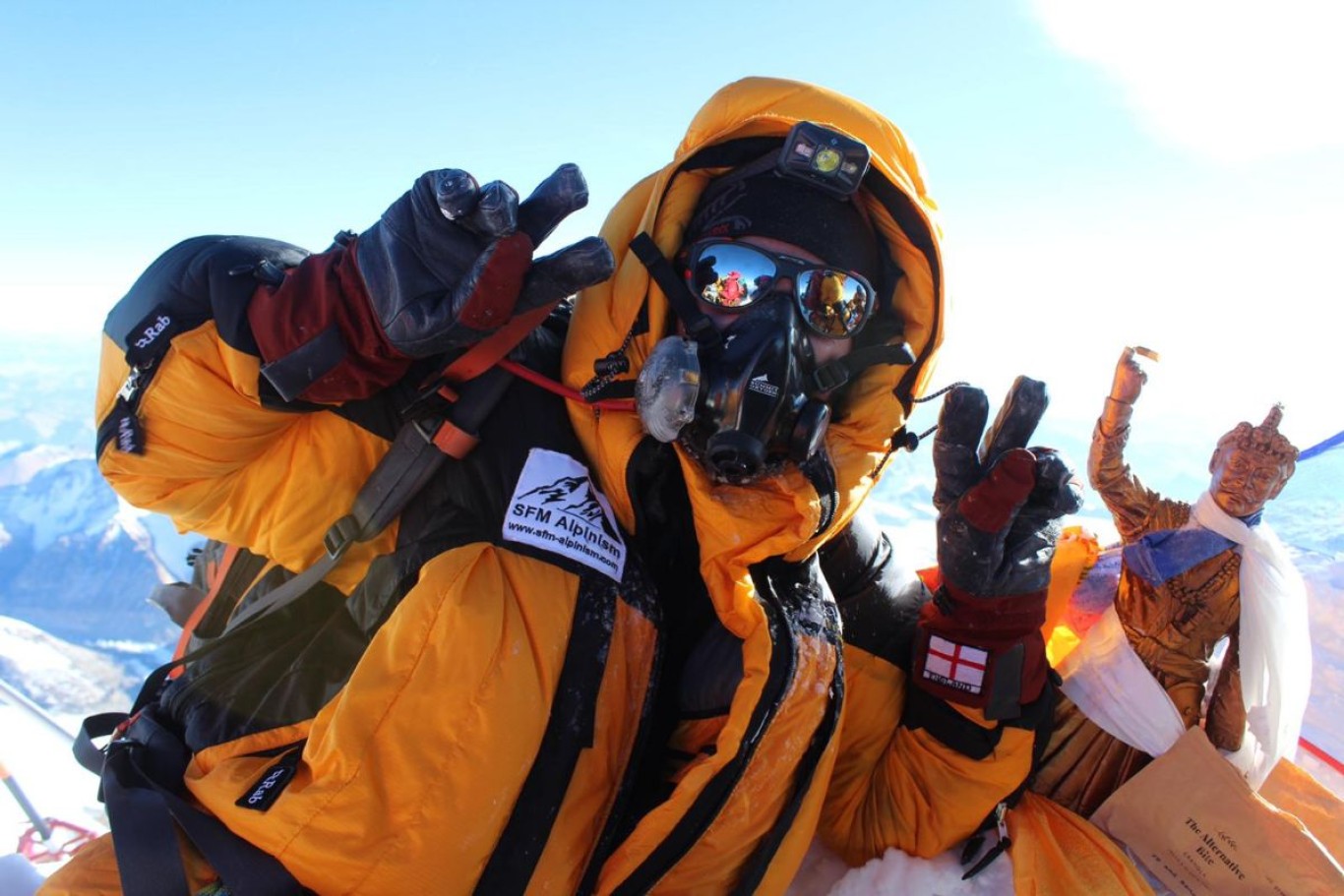 Interesting Facts About Edmund Hillary
Interesting Facts About Edmund Hillary
Beekeeping Background: Edmund Hillary grew up in a family of beekeepers, and his early experiences in the outdoors influenced his love for nature and adventure.
World War II Service: During World War II, Hillary served as a navigator in the Royal New Zealand Air Force, gaining valuable experience that would later contribute to his mountaineering skills.
1951 Everest Reconnaissance: Before the historic ascent in 1953, Hillary participated in a reconnaissance expedition to Everest in 1951. This experience laid the groundwork for the subsequent successful climb.
Summit Success with Tenzing Norgay: Hillary and Tenzing Norgay reached the summit of Mount Everest on May 29, 1953, making them the first confirmed climbers to achieve this feat.
Scientific Contributions: The 1953 Everest expedition included scientific research. Hillary collected rock samples from the summit, contributing to geological studies and expanding scientific knowledge.
Himalayan Trust: Hillary founded the Himalayan Trust in 1960 to support education, healthcare, and infrastructure projects in Nepal. The trust continues its work to this day.
Airplane Adventures: Hillary had a keen interest in aviation and learned to fly. In 1977, he piloted a jet to the North Pole, and in 1985, he and Neil Armstrong became the first to fly a small plane over Mount Everest.
Exploration Beyond Everest: Hillary's adventurous spirit extended beyond Everest. He participated in numerous expeditions, including journeys to the South Pole and the Ganges River.
Youngest to Climb the Seven Summits: In 1990, Hillary's son, Peter Hillary, accompanied by his father, became the youngest climber to complete the "Seven Summits" — the highest peak on each continent.
New Zealand Icon: Sir Edmund Hillary is considered a national hero in New Zealand, and his image appears on the five-dollar New Zealand banknote.
Philanthropy in Nepal: Hillary's impact in Nepal goes beyond mountaineering. He contributed to the construction of schools, hospitals, and bridges, improving the lives of the Sherpa people.
Friendship with Tenzing Norgay: Hillary and Tenzing developed a strong bond during their Everest expedition, and their friendship endured throughout their lives.
Down-to-Earth Personality: Despite his monumental achievements, Hillary was known for his humility and down-to-earth nature. He often shied away from the limelight.
Later Life as a Diplomat: Hillary served as New Zealand's High Commissioner to India and Bangladesh from 1985 to 1988, showcasing his diplomatic skills.
Legacy Beyond Everest: While Everest made him famous, Hillary's legacy is not limited to mountaineering. His contributions to exploration, philanthropy, and diplomacy have left an indelible mark on the world.
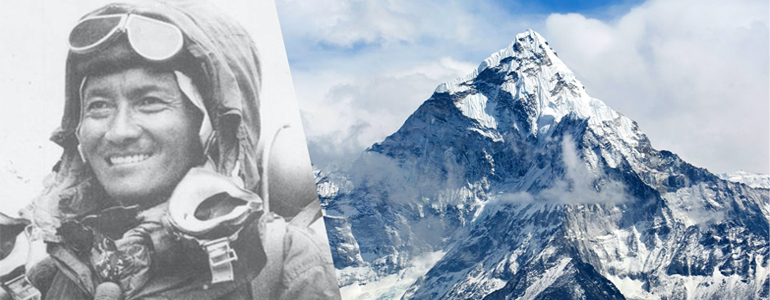 Edmund hillary and Tenzing Norgay
Edmund hillary and Tenzing Norgay
Sir Edmund Hillary and Tenzing Norgay are remembered as a legendary duo in the history of mountaineering for their groundbreaking ascent of Mount Everest on May 29, 1953. Here are some key aspects of their partnership and the historic climb:
1. Formation of the Team:
The ascent of Mount Everest in 1953 was part of the ninth British expedition to Everest, led by Colonel John Hunt. Sir Edmund Hillary, a New Zealander, was selected for the expedition due to his climbing prowess, and Tenzing Norgay, a Sherpa of Nepal, was chosen for his extensive experience in the Himalayas.
2. Shared Effort on Everest:
The success of the climb was a result of the close collaboration between Hillary and Tenzing. Both climbers worked together to overcome the various challenges posed by the treacherous terrain, high altitudes, and extreme weather conditions.
3. Summit Success:
On the morning of May 29, 1953, Hillary and Tenzing successfully reached the summit of Mount Everest, marking the first confirmed ascent of the world's highest peak. Their achievement was a testament to their skill, perseverance, and the strength of their partnership.
4. Historical Significance:
The successful climb of Everest by Hillary and Tenzing was a historic moment in mountaineering and exploration. It captured the world's attention and solidified both climbers as icons in the field.
5. Shared Respect:
Hillary and Tenzing developed a deep mutual respect during the expedition. Their partnership was characterized by trust, collaboration, and a shared commitment to reaching the summit.
6. Post-Ascent Careers:
After the Everest expedition, both Hillary and Tenzing continued their mountaineering careers. Hillary went on to undertake various explorations and philanthropic efforts, especially in Nepal, while Tenzing continued to be involved in mountaineering and became a cultural ambassador for the Sherpa people.
7. Legacy:
The legacy of Hillary and Tenzing's climb lives on, not only for the historical significance of being the first to reach the Everest summit but also for the spirit of cooperation and respect between people of different backgrounds and cultures.
The successful ascent of Mount Everest by Hillary and Tenzing in 1953 remains a landmark achievement in human history and an enduring symbol of the triumph of human spirit and determination in the face of extreme challenges.
Edmund Hillary discover
While Sir Edmund Hillary is best known for being one of the first two individuals to successfully summit Mount Everest, his contributions extend beyond this historic achievement. Hillary had a multifaceted career that involved exploration, philanthropy, and humanitarian efforts. Some key aspects of Hillary's contributions include:
-
Antarctic Exploration:
Sir Edmund Hillary participated in the Commonwealth Trans-Antarctic Expedition from 1955 to 1958. During this expedition, he became the first person to reach the South Pole overland since the famous explorers Amundsen and Scott. Hillary's experiences in the harsh Antarctic conditions further showcased his resilience and commitment to exploration.
-
Philanthropy in Nepal:
Following his ascent of Everest, Hillary developed a strong connection with the people of Nepal. He dedicated much of his life to philanthropic work in the region. In particular, Hillary focused on the construction of schools, hospitals, and infrastructure in the Solu-Khumbu region, helping to improve the quality of life for the local communities.
-
Himalayan Trust:
Sir Edmund Hillary established the Himalayan Trust in 1960, an organization committed to supporting education, healthcare, and infrastructure development in Nepal. The trust played a vital role in building and maintaining schools, providing scholarships, and contributing to the overall well-being of the Sherpa communities in the Everest region.
-
Airplane Exploration:
Apart from his endeavors on land, Hillary explored the skies as well. He learned to fly and undertook various adventures, including a flight over the North Pole in 1985.
-
Humanitarian Work:
Sir Edmund Hillary's humanitarian efforts were not limited to Nepal. He was involved in various charitable activities worldwide, emphasizing the importance of giving back to communities in need.
-
Recognition and Legacy:
Hillary's contributions to exploration and philanthropy earned him numerous awards and honors. His legacy lives on through the ongoing work of the Himalayan Trust and the positive impact he had on the lives of many people in Nepal.
In essence, while Sir Edmund Hillary's most famous accomplishment was undoubtedly his conquest of Mount Everest, his life was characterized by a spirit of adventure, exploration, and a deep commitment to making a positive difference in the lives of others, particularly in the Himalayan region.
how old was edmund hillary when he climbed mount everest
Sir Edmund Hillary was born on July 20, 1919. He successfully Climbed Mount Everest on May 29, 1953. Therefore, he was 33 years old at the time of the historic ascent. The achievement not only made Hillary and Tenzing Norgay the first confirmed climbers to reach the summit of Everest but also solidified Hillary's place in history as one of the most accomplished mountaineers of his time.
how long did it take edmund hillary to climb mount everest
Sir Edmund Hillary's successful ascent of Mount Everest took place on May 29, 1953. The journey to the summit was a culmination of weeks of planning, acclimatization, and climbing as part of the British Mount Everest expedition led by Colonel John Hunt.
The expedition commenced in March 1953, with the climbers arriving in the Everest region and establishing base camp. Over the subsequent weeks, the team made several acclimatization climbs, establishing higher camps on the mountain to allow their bodies to adjust to the reduced oxygen levels at high altitudes.
The final push to the summit began in late May. Hillary, along with Tenzing Norgay, reached the South Summit on May 28, 1953, and then proceeded to the highest point of Mount Everest the following day. They successfully reached the summit at approximately 11:30 a.m. on May 29, 1953.
In terms of the overall duration of the expedition, Hillary's journey to the top of Mount Everest took several weeks, with the actual ascent from the base camp to the summit occurring over a period of days in late May 1953. The successful climb marked a historic moment as the first confirmed ascent of the world's highest peak.
why did edmund hillary Climb mount everest
Sir Edmund Hillary's decision to climb Mount Everest was influenced by a combination of personal ambition, a spirit of adventure, and the opportunity presented by the post-World War II era. Here are some key factors that motivated Hillary to undertake the challenging ascent of Mount Everest:
In summary, Sir Edmund Hillary climbed Mount Everest driven by a combination of personal ambition, the allure of adventure, the spirit of exploration, and the unique historical context of the post-war era. His successful ascent of Everest in 1953 not only marked a historic achievement but also set the stage for a lifelong commitment to the people of Nepal through philanthropy and humanitarian efforts.
The Challenge of the Unconquered Peak:
Mount Everest, the highest peak on Earth, had long captivated the imagination of explorers and mountaineers. The challenge of conquering this unconquered summit appealed to Hillary's adventurous spirit and love for mountaineering.
Post-World War II Exploration:
The period after World War II saw a resurgence of interest in exploration and adventure. The 1950s became a time when countries and individuals sought to push the boundaries of human achievement. Everest, being the highest unclimbed mountain, presented an unparalleled challenge.
Scientific and Strategic Interest:
Beyond the personal challenge, there was scientific and strategic interest in exploring Everest. The 1953 British Mount Everest expedition, led by Colonel John Hunt, aimed not only to reach the summit but also to conduct scientific research, including high-altitude physiology and glaciology.
Opportunity to Lead:
Hillary, a skilled climber with experience in the Southern Alps of New Zealand, was invited to join the 1953 British expedition. His reputation as a capable and resilient mountaineer made him a suitable candidate, and he was given the opportunity to lead the expedition alongside Colonel John Hunt.
Partnership with Tenzing Norgay:
Hillary's success was also greatly influenced by his partnership with Tenzing Norgay, a Sherpa climber from Nepal. Their collaboration and mutual trust played a crucial role in the success of the expedition.
National Pride and Legacy:
Climbing Everest was not just a personal goal for Hillary; it was also a matter of national pride. New Zealand was a relatively small and isolated country, and the successful ascent of Everest would bring global recognition and pride to the nation.
Spirit of Adventure and Exploration:
Sir Edmund Hillary was known for his adventurous spirit. He sought challenges that pushed the limits of human capability, and Everest represented the ultimate frontier in the world of mountaineering at that time.
Humanitarian Connection with Nepal:
Hillary developed a deep connection with the people of Nepal, especially the Sherpa community, during his Everest expeditions. This connection later led to his extensive philanthropic work in the region, including the establishment of the Himalayan Trust.
Who Stepped on Everest First?
Mount Everest, the world's highest peak, holds a fascinating history of conquest and exploration. The first successful ascent of Everest was achieved by Sir Edmund Hillary of New Zealand and Tenzing Norgay, a Sherpa of Nepal, on May 29, 1953. This historic accomplishment marked a significant milestone in human achievement and the spirit of adventure.
How Many Times Did Hillary Climb Everest?
Sir Edmund Hillary climbed Everest just once, but his legacy extends beyond this single conquest. He dedicated his life to various explorations and philanthropic endeavors after reaching the summit.
What Did Edmund Hillary Discover?
While Sir Edmund Hillary is primarily known for conquering Everest, his contributions extended to exploration and philanthropy. He participated in numerous expeditions, including journeys to the South Pole and the Himalayas.
Who Was the First Person to Climb Mount Everest for Kids?
For young minds curious about Everest, it's essential to convey the tale of Sir Edmund Hillary and Tenzing Norgay, who were the first to stand atop the world's highest peak. Their story inspires countless adventurers, both young and old.
Who Was the First Woman to Climb Mount Everest Twice in 5 Days?
The record for the first woman to climb Mount Everest twice in five days goes to Moni Mulepati. This remarkable achievement showcases the strength and determination of women in the field of mountaineering.
Did Hillary Use Oxygen on Everest?
Yes, Sir Edmund Hillary and Tenzing Norgay used supplemental oxygen during their historic ascent of Mount Everest in 1953. Oxygen is commonly employed by climbers to combat the thin air and reduced oxygen levels at high altitudes.
Who Named Mount Everest?
Mount Everest was named after Sir George Everest, a British surveyor-general of India. The mountain was initially referred to as "Peak XV" before being officially named in honor of Sir George Everest.
Why Is Edmund Hillary So Famous?
Sir Edmund Hillary's fame is attributed to being one of the first two men to reach the summit of Mount Everest. Beyond this achievement, he gained recognition for his contributions to exploration, philanthropy, and dedication to the welfare of the people of Nepal.
Why Is It Called Hillary Step?
The Hillary Step, a challenging rock face near the summit of Everest, was named in honor of Sir Edmund Hillary. It's a steep and technically demanding section that climbers must navigate to reach the summit.
Who Is Everest's First Girl?
Junko Tabei from Japan holds the title of being the first woman to summit Everest. She achieved this feat on May 16, 1975.
Who Was the First Person to Die on Mount Everest?
The first recorded death on Everest was that of British mountaineer George Mallory in 1924. Mallory's fate remained a mystery until his body was discovered on the mountain in 1999.
Who Is the Youngest Girl to Climb Mount Everest?
Jordan Romero from the United States holds the record for being the youngest girl to Climb Mount Everest. She achieved this remarkable feat at the age of 15.
Who Was the 14-Year-Old Girl Who Climbed Mount Everest?
In 2010, Jordan Romero became the youngest person, at the age of 13, to Climb Mount Everest, capturing the world's attention with her extraordinary accomplishment.
Which Pic Is the Second Highest?
K2, also known as Mount Godwin-Austen, is the second-highest mountain in the world after Everest. Standing at the border of Pakistan and China, K2 presents a formidable challenge to climbers.
Which Indian Woman Climbed Mount Everest?
Arunima Sinha, a former Indian national-level volleyball player, became the first Indian amputee to conquer Everest. Her inspirational journey showcases resilience and determination.
Can You Climb Everest Without Ropes?
Climbing Everest without ropes is an incredibly perilous and nearly impossible endeavor. Ropes are crucial for the safety of climbers, helping them navigate treacherous sections and preventing falls.
Who Went to Everest Without Oxygen?
Reinhold Messner and Peter Habeler made history in 1978 by being the first to reach the summit of Everest without supplemental oxygen. Their achievement pushed the boundaries of human capability in high-altitude mountaineering.
Can I Climb Everest Without Oxygen?
While climbing Everest without oxygen is theoretically possible, it poses extreme risks due to the high altitude and thin air. Most climbers opt for supplemental oxygen to enhance their chances of a successful ascent.
How Old Is Mount Everest?
Mount Everest is estimated to be around 60 million years old, formed through the collision of the Indian and Eurasian tectonic plates.
What Is the Famous Corpse on Everest?
The "Green Boots" corpse, identified as Indian climber Tsewang Samanla, became well-known on Everest. The body is located in a cave on the mountain's north side and serves as a somber reminder of the challenges and dangers of high-altitude mountaineering.
Who Was Edmund Hillary's Second Wife?
Sir Edmund Hillary's second wife was June Mulgrew, whom he married in 1989. She was a lifelong friend, and their marriage lasted until Sir Edmund's death in 2008.
How Much Does It Cost to Climb Everest?
The cost of climbing Everest varies, with expenses ranging from $30,000 to $100,000 or more. Factors influencing the cost include permits, guide fees, equipment, and logistics.
How Old Was Edmund Hillary When He Died?
Sir Edmund Hillary passed away on January 11, 2008, at the age of 88.
What Did Edmund Hillary Do After Everest?
After Everest, Sir Edmund Hillary continued his explorations, focusing on the Antarctic and other challenging terrains. He also devoted his time to humanitarian work in Nepal.
What Did Sir Edmund Hillary Do in Nepal?
Sir Edmund Hillary's contributions to Nepal extended beyond mountaineering. He initiated numerous projects, including building schools, hospitals, and infrastructure, leaving a lasting impact on the region.
Did Sir Edmund Hillary Meet the Queen?
Yes, Sir Edmund Hillary met Queen Elizabeth II following his ascent of Everest. He was knighted by the Queen in 1953 in recognition of his extraordinary achievement.
What Did Edmund Hillary Do for the People of Nepal?
Sir Edmund Hillary's philanthropic efforts in Nepal included building schools, hospitals, and airstrips to improve the lives of the local people. His legacy endures through the Himalayan Trust, which continues his work.
How Many Schools Did Edmund Hillary Build in Nepal?
Sir Edmund Hillary played a crucial role in establishing over 30 schools in the Solu-Khumbu region of Nepal, providing education opportunities for generations to come.
Who Is the First Person of Nepal?
Prithvi Narayan Shah is regarded as the first King of unified Nepal. He played a pivotal role in bringing together various principalities and forming the basis of modern Nepal in the 18th century.
How Tall Is Mount Everest?
Mount Everest stands at a towering height of 29,032 feet (8,848 meters) above sea level, making it the world's highest peak.
Who Was First to Climb K2?
The first successful ascent of K2, the second-highest mountain in the world, was achieved by an Italian team led
Recent Posts

23rd Jan, 2017

12th Jan, 2014
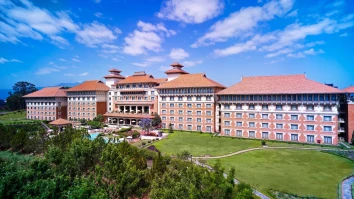
24th Apr, 2017
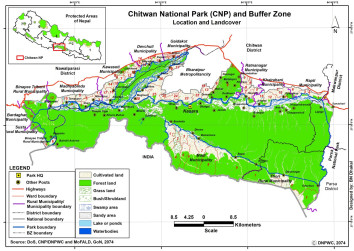
3rd Apr, 2014

3rd Jun, 2017

20th Jan, 2017

16th Jan, 2017
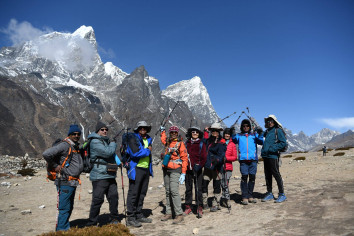
12th Jul, 2015

9th Apr, 2019
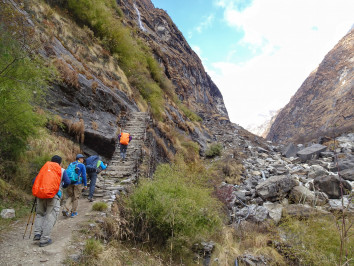
9th Jan, 2014
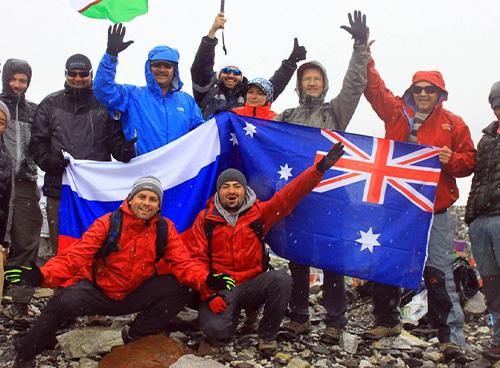
4th Apr, 2019
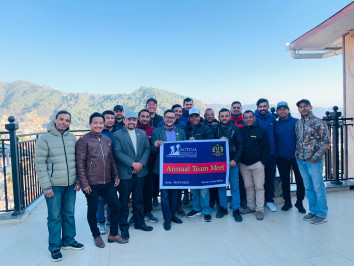
2nd Jan, 2014

2nd Apr, 2019

2nd Jan, 2014
-1.jpg)
30th Jan, 2017
-1.jpg)
4th Oct, 2018

16th Oct, 2018

9th Oct, 2018

24th Jan, 2016

4th Oct, 2018
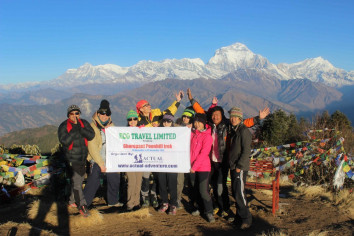
24th Aug, 2022

8th Sep, 2022

15th Sep, 2022
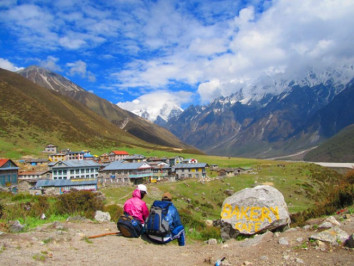
3rd Mar, 2023
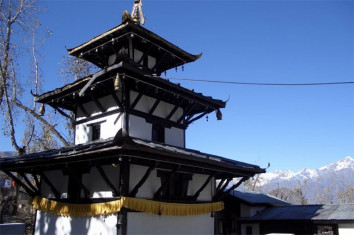
7th Mar, 2023
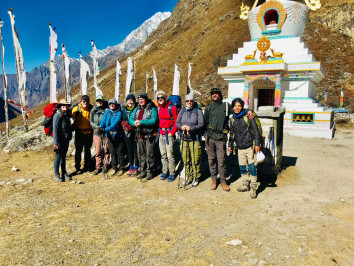
27th Mar, 2023

5th Apr, 2023

12th Apr, 2023
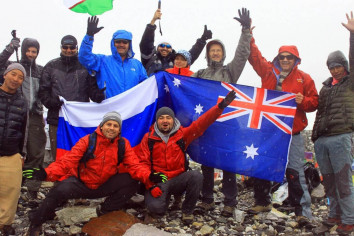
21st Apr, 2023

24th Apr, 2023
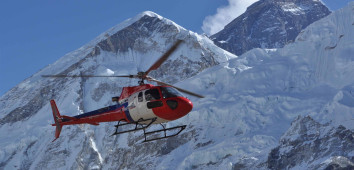
27th Apr, 2023

1st May, 2023
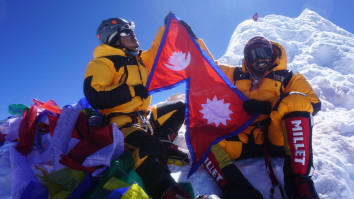
1st May, 2023
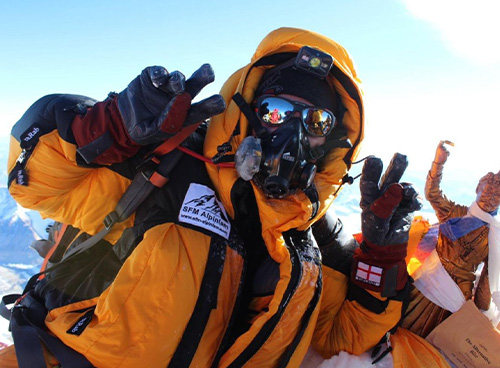
3rd May, 2023
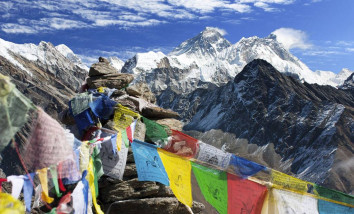
18th May, 2023
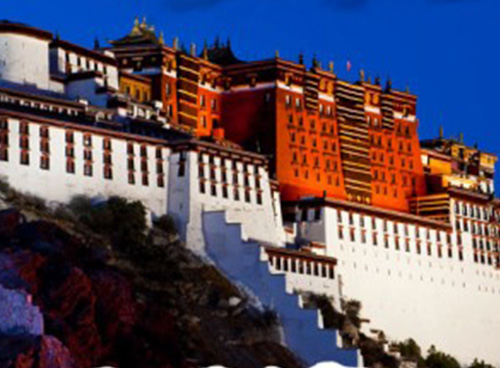
19th May, 2023

16th Jul, 2023

16th Jul, 2023
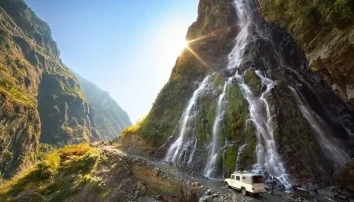
16th Jul, 2023
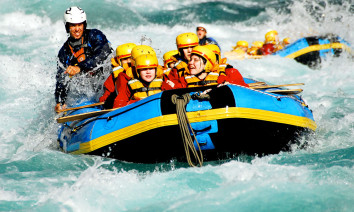
16th Jul, 2023

17th Jul, 2023

17th Jul, 2023

17th Jul, 2023

17th Jul, 2023

17th Jul, 2023

17th Jul, 2023

17th Jul, 2023

20th Jul, 2023
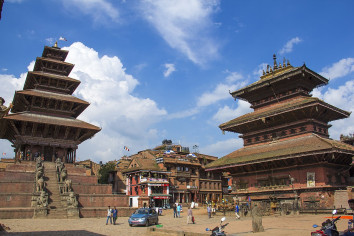
21st Jul, 2023

27th Jul, 2023
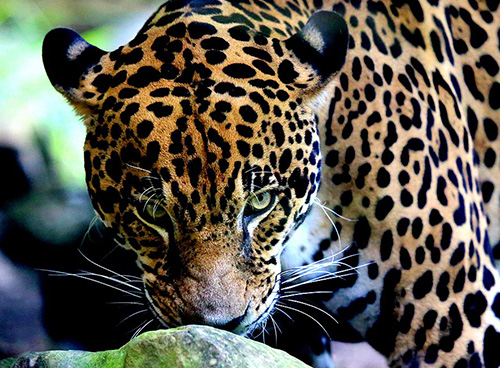
30th Jul, 2023
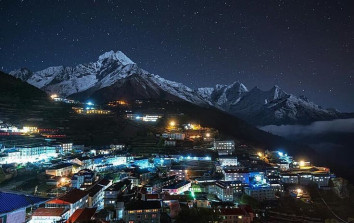
30th Jul, 2023

21st Aug, 2023
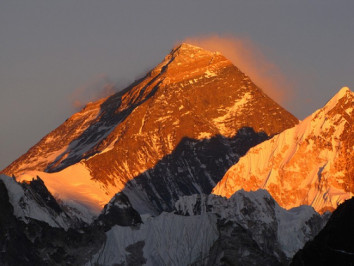
22nd Aug, 2023
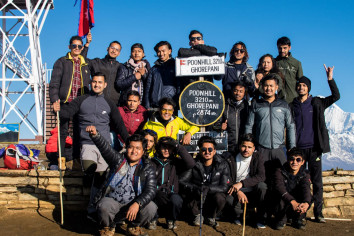
28th Aug, 2023
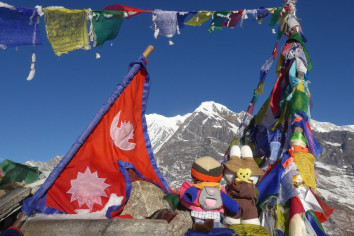
6th Oct, 2023

5th Nov, 2023

7th Nov, 2023

19th Nov, 2023
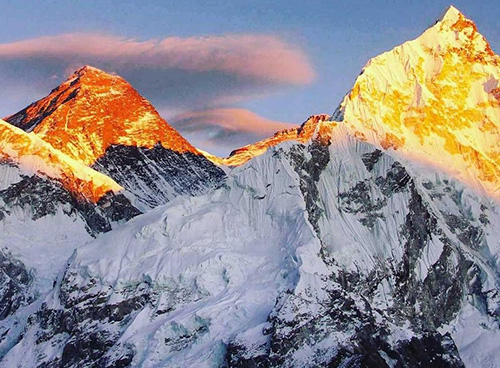
25th Nov, 2023

1st Dec, 2023
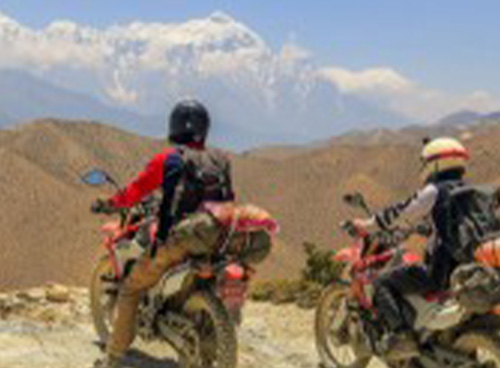
3rd Dec, 2023

13th Dec, 2023
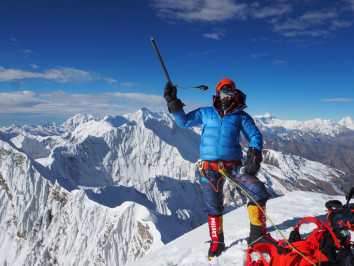
13th Dec, 2023
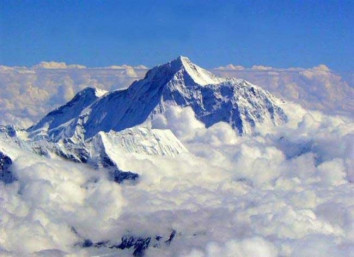
13th Dec, 2023

21st Dec, 2023

21st Dec, 2023

23rd Dec, 2023
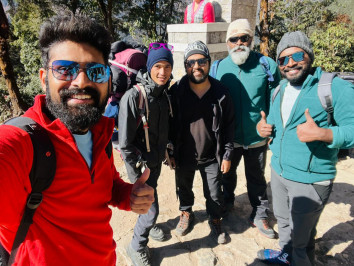
25th Dec, 2023

25th Dec, 2023

31st Dec, 2023
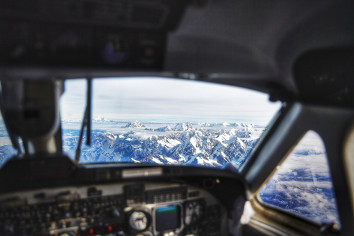
31st Dec, 2023
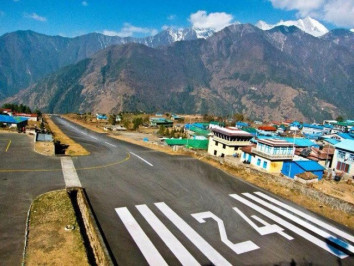
31st Dec, 2023

1st Jan, 2024
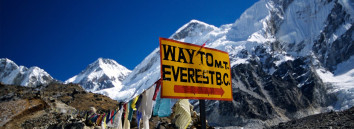
2nd Jan, 2024
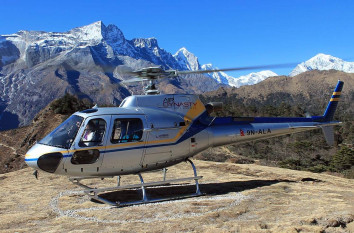
2nd Jan, 2024
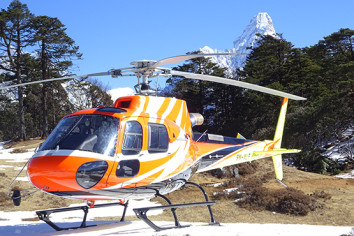
2nd Jan, 2024

3rd Jan, 2024
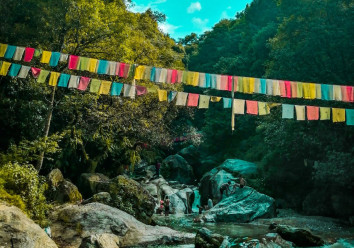
4th Jan, 2024
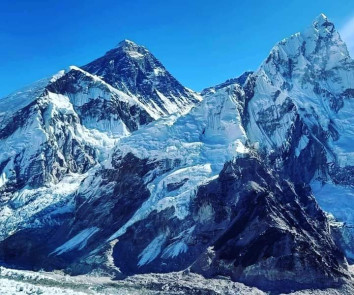
4th Jan, 2024
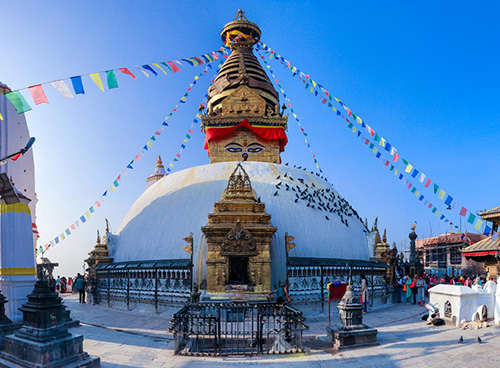
4th Jan, 2024
.jpg)
4th Jan, 2024

4th Jan, 2024

4th Jan, 2024

5th Jan, 2024

6th Jan, 2024

6th Jan, 2024

9th Jan, 2024

10th Jan, 2024
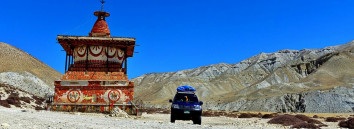
10th Jan, 2024
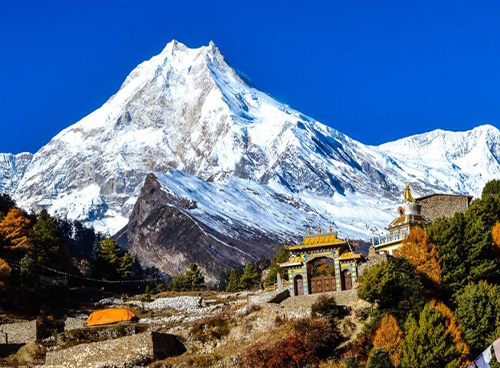
10th Jan, 2024

10th Jan, 2024
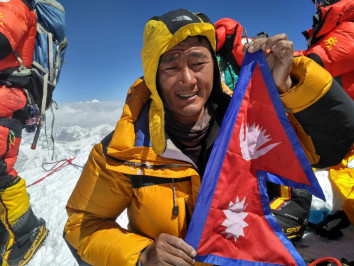
11th Jan, 2024
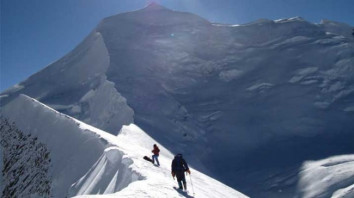
11th Jan, 2024

12th Jan, 2024

12th Jan, 2024
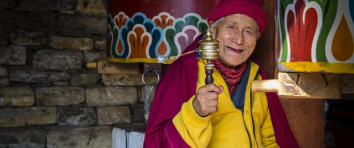
13th Jan, 2024
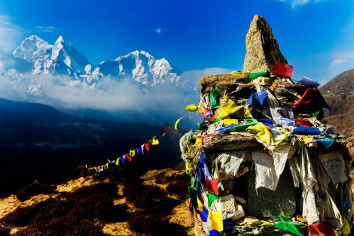
14th Jan, 2024
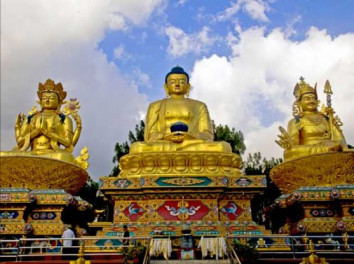
14th Jan, 2024

15th Jan, 2024
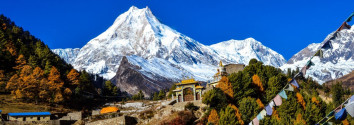
15th Jan, 2024

15th Jan, 2024

16th Jan, 2024
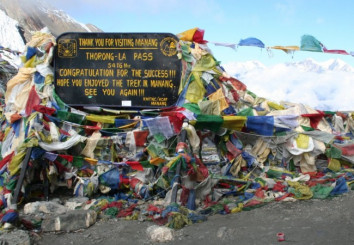
16th Jan, 2024
.jpg)
16th Jan, 2024

16th Jan, 2024
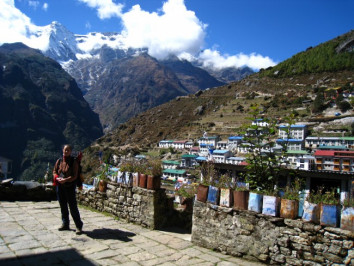
18th Jan, 2024
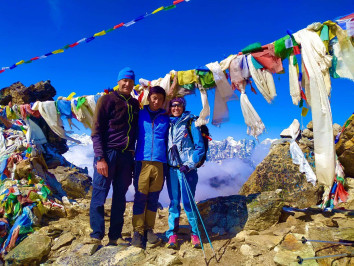
24th Jan, 2024
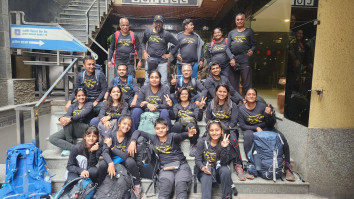
26th Jan, 2024
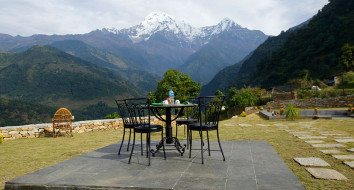
28th Jan, 2024
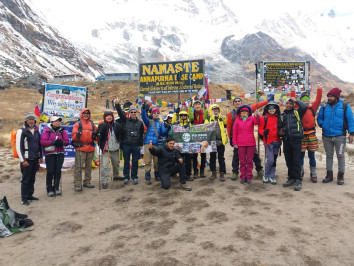
28th Jan, 2024

30th Jan, 2024
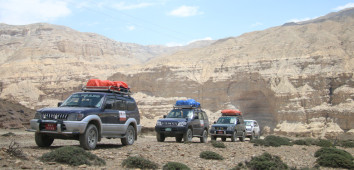
30th Jan, 2024
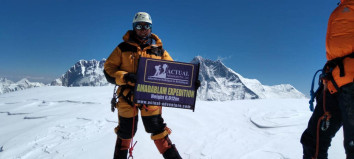
2nd Feb, 2024

2nd Feb, 2024

2nd Feb, 2024
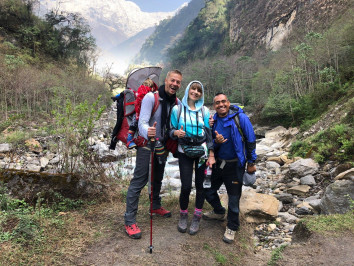
3rd Feb, 2024
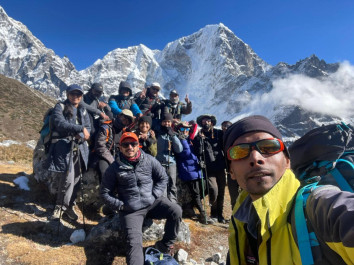
4th Feb, 2024

8th Feb, 2024

9th Feb, 2024

10th Feb, 2024
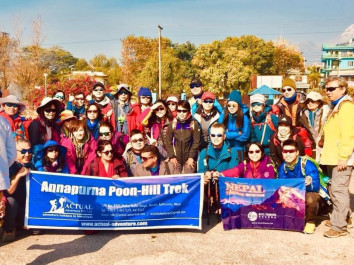
10th Feb, 2024
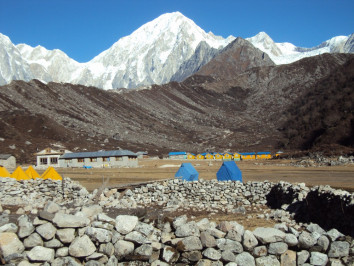
11th Feb, 2024

12th Feb, 2024
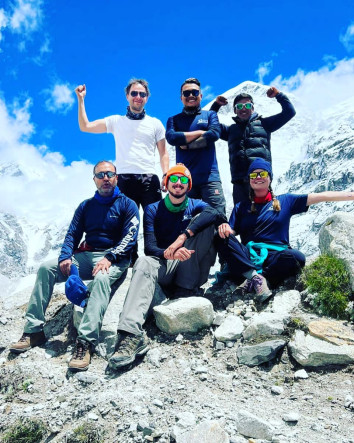
12th Feb, 2024

13th Feb, 2024

13th Feb, 2024

16th Feb, 2024

18th Feb, 2024

20th Feb, 2024
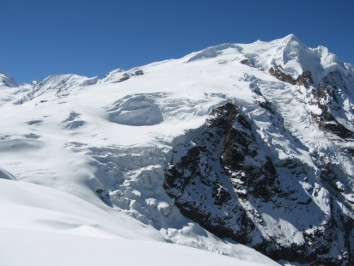
21st Feb, 2024
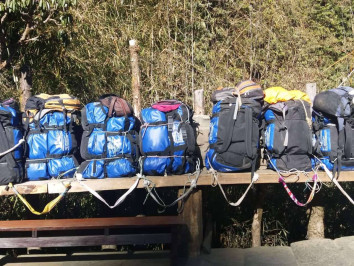
21st Feb, 2024

27th Feb, 2024
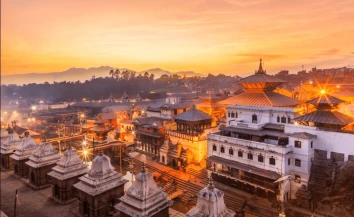
3rd Mar, 2024

3rd Mar, 2024
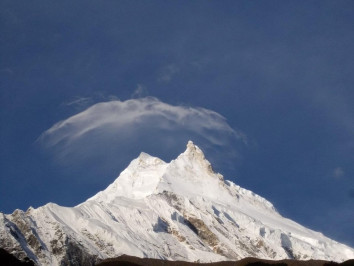
4th Mar, 2024
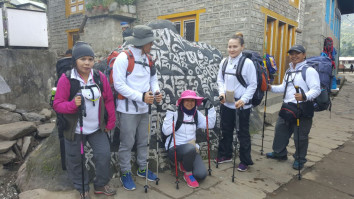
5th Mar, 2024
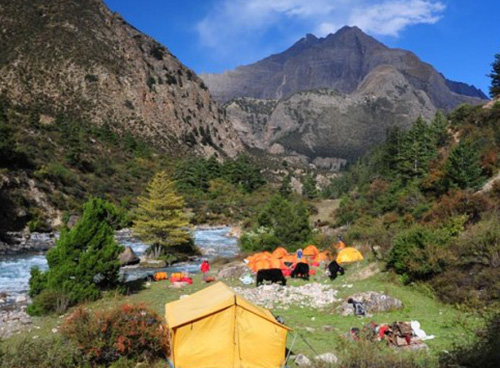
5th Mar, 2024

10th Mar, 2024

10th Mar, 2024

10th Mar, 2024
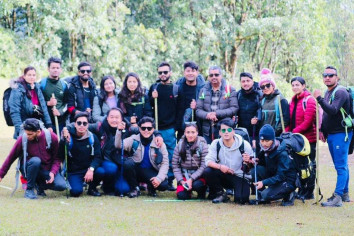
11th Mar, 2024

13th Mar, 2024

13th Mar, 2024
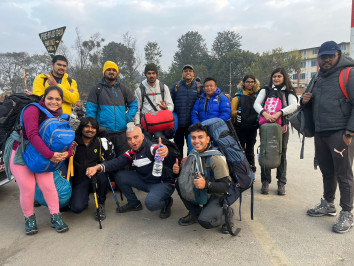
19th Mar, 2024
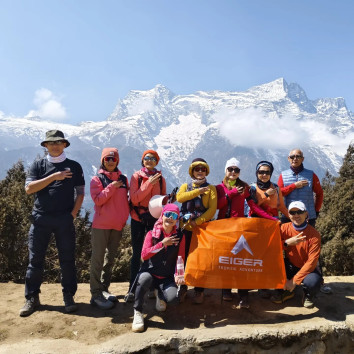
22nd Mar, 2024

26th Mar, 2024

27th Mar, 2024

27th Mar, 2024

27th Mar, 2024
-1624864292-1.jpg)
28th Mar, 2024

2nd Apr, 2024

2nd Apr, 2024

4th Apr, 2024
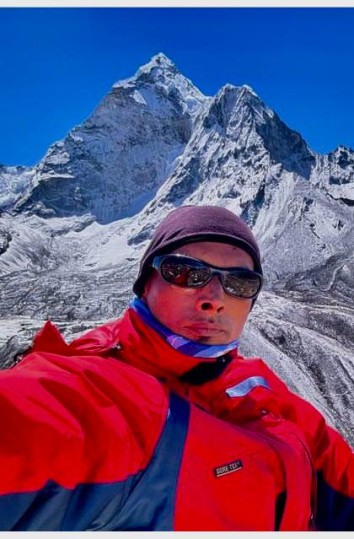
12th Apr, 2024
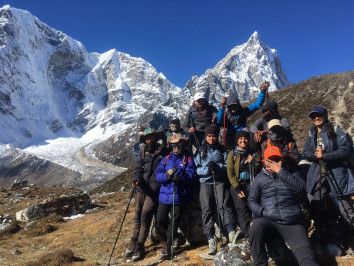




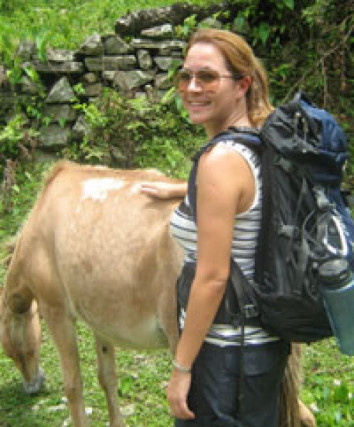
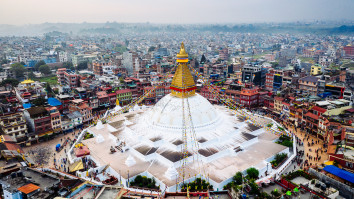
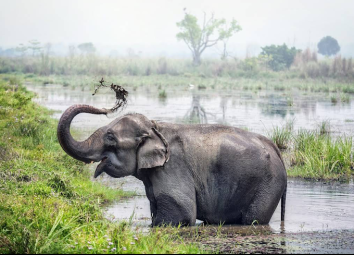


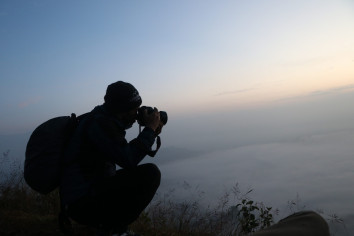


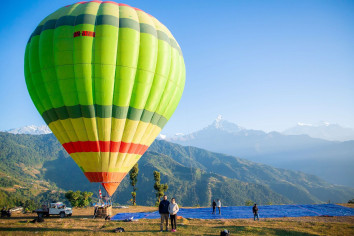






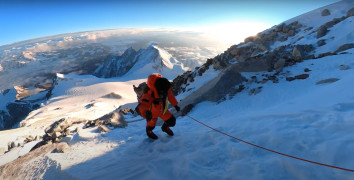
.jpg)
